Category

Recent Products
-
 Plum Seedlings
Plum Seedlings
KSh 1,000.00Original price was: KSh 1,000.00.KSh 600.00Current price is: KSh 600.00. -
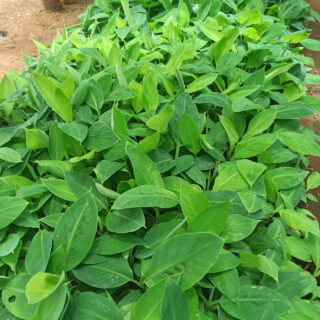 Tissue Culture Banana Seedlings
KSh 250.00 – KSh 500.00
Tissue Culture Banana Seedlings
KSh 250.00 – KSh 500.00
-
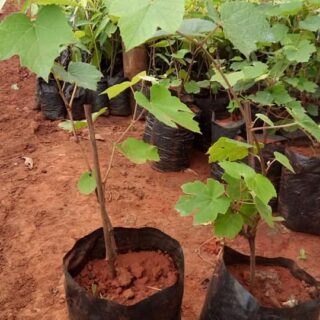 Grapes Seedlings
Grapes Seedlings
KSh 500.00Original price was: KSh 500.00.KSh 300.00Current price is: KSh 300.00. -
 Grafted Apple Seedlings
Grafted Apple Seedlings
KSh 1,000.00Original price was: KSh 1,000.00.KSh 600.00Current price is: KSh 600.00. -
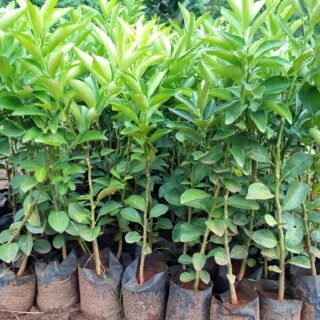 Grafted Pixie Orange Seedlings
Grafted Pixie Orange Seedlings
KSh 350.00Original price was: KSh 350.00.KSh 250.00Current price is: KSh 250.00. -
 Hybrid Cabbage Pretoria F1
KSh 1,220.00 – KSh 2,680.00
Hybrid Cabbage Pretoria F1
KSh 1,220.00 – KSh 2,680.00
-
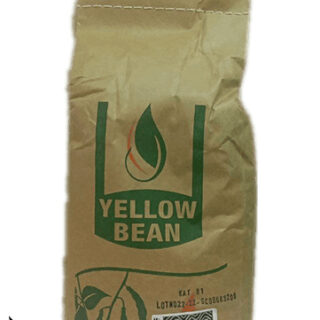 Yellow beans 2kg
Yellow beans 2kg
KSh 1,520.00Original price was: KSh 1,520.00.KSh 1,180.00Current price is: KSh 1,180.00. -
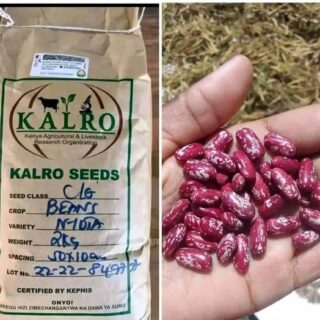 Nyota Beans 2Kg
Nyota Beans 2Kg
KSh 1,850.00Original price was: KSh 1,850.00.KSh 1,460.00Current price is: KSh 1,460.00. -
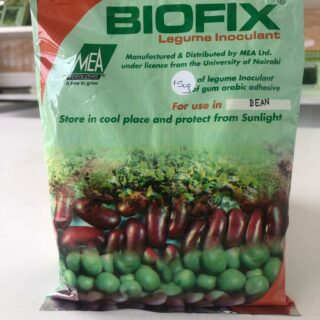 BIOFIX
BIOFIX
KSh 1,050.00Original price was: KSh 1,050.00.KSh 950.00Current price is: KSh 950.00. -
 Mchwatox 350SC
Mchwatox 350SC
KSh 650.00Original price was: KSh 650.00.KSh 550.00Current price is: KSh 550.00.
On Sale Products
-
 Nyota Beans 2Kg
Nyota Beans 2Kg
KSh 1,850.00Original price was: KSh 1,850.00.KSh 1,460.00Current price is: KSh 1,460.00. -
 Vuna Fertilizer
Vuna Fertilizer
KSh 4,500.00Original price was: KSh 4,500.00.KSh 3,700.00Current price is: KSh 3,700.00. -
 Coopers Triatix Stock Spray
KSh 107.00 – KSh 315.00
Coopers Triatix Stock Spray
KSh 107.00 – KSh 315.00
-
 Fugo Pig Sow and Weaner
Fugo Pig Sow and Weaner
KSh 4,500.00Original price was: KSh 4,500.00.KSh 4,350.00Current price is: KSh 4,350.00. -
 Garden Water Hose Pipe Reel
KSh 6,800.00 – KSh 8,200.00
Garden Water Hose Pipe Reel
KSh 6,800.00 – KSh 8,200.00
-
 CORIANDER DANIA SEEDS - 250G
CORIANDER DANIA SEEDS - 250G
KSh 1,250.00Original price was: KSh 1,250.00.KSh 965.00Current price is: KSh 965.00. -
 Coopers Milking Salve
KSh 60.00 – KSh 1,370.00
Coopers Milking Salve
KSh 60.00 – KSh 1,370.00
-
 Proline Puppy Food
Proline Puppy Food
KSh 2,000.00Original price was: KSh 2,000.00.KSh 1,650.00Current price is: KSh 1,650.00. -
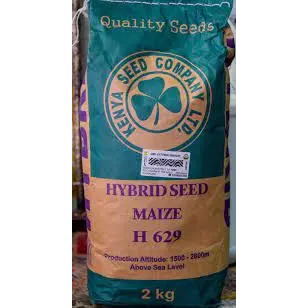 Maize H629 Highland (2kg)
Rated 4.00 out of 5
Maize H629 Highland (2kg)
Rated 4.00 out of 5KSh 450.00Original price was: KSh 450.00.KSh 420.00Current price is: KSh 420.00. -
 Splinkler Head
Splinkler Head
KSh 750.00Original price was: KSh 750.00.KSh 580.00Current price is: KSh 580.00. -
 Milking Machine
Milking Machine
KSh 85,000.00Original price was: KSh 85,000.00.KSh 79,500.00Current price is: KSh 79,500.00.
Yellow beans 2kg
KSh 1,520.00 Original price was: KSh 1,520.00.KSh 1,180.00Current price is: KSh 1,180.00.
Yellow beans generally thrive in hot conditions and can perform well even under partial shade from trees or banana plants.
With their compact size, impressive yield potential, and disease resistance, offer Kenyan farmers a valuable addition to their agricultural repertoire
Yellow beans are rapidly gaining popularity among Kenyan farmers, offering a compact, fast-maturing, and disease-resistant option. This detailed guide explores the characteristics, planting practices, and ideal growing conditions for maximizing your yellow bean harvest.
Yellow Beans: A Closer Look
While specific yellow bean varieties exist (e.g., ACK Yellow 7, KEN_98), this guide focuses on general characteristics:
- Plant Type: Typically determinate, with a manageable height, often within the 35-40 cm range.
Flowering: Light-colored flowers appear within a month of planting, depending on the specific variety. - Maturity: Yellow beans are known for their fast-maturing nature, reaching maturity in just 60-65 days for some varieties. This allows for quicker harvests and potentially multiple plantings within a season.
- Seed Appearance: Round seeds, often with a colored hilum (eye spot), that mature to a bright yellow color, as the name suggests.
- Yield Potential: Impressive yields, depending on the variety, typically ranging from 1400-1900 kg/ha (7-9 bags/acre), making them a profitable choice for farmers.
- Taste and Benefits: Yellow beans offer a variety of tastes depending on the variety, with some known for their sweetness and less flatulence compared to other bean types.
- Disease Resistance: Yellow bean varieties boast strong resistance against common enemies like rust, common bean mosaic virus, and bacterial blight.
- Heat Tolerance: Yellow beans generally thrive in hot conditions and can perform well even under partial shade from trees or banana plants.
Ideal Growing Conditions for Yellow Beans
- Altitude: While adaptable, some yellow bean varieties perform best at elevations between 900-1600 meters above sea level.
- Rainfall: Yellow beans can adapt to a range of rainfall levels, but some varieties struggle in areas with very high rainfall.
Planting and Managing Your Yellow Bean Crop
- Land Preparation: Ensure your field is well-prepared with a fine, loose tilth for optimal seed germination. Tools like hoes, oxen plows, or tractors can be used for this purpose.
- Planting Time: Sow seeds at the very beginning of the rainy season, after a minimum of 30mm of rainfall.
- Planting Method: When using an ox plow, sow seeds on the side of the furrow.
- Seed Rate: The recommended seed rate will vary depending on the specific yellow bean variety. Research the recommended seed rate for your chosen variety.
- Number of Seeds per Hill: Sow at least 2 seeds per planting space (hill).
- Planting Depth: Plant seeds 4-5 cm deep.
- Spacing: For sole cropping (growing yellow beans as the only crop), maintain a spacing of 45 cm between rows and 20 cm between plants within each row.
Yellow beans, with their compact size, impressive yield potential, and disease resistance, offer Kenyan farmers a valuable addition to their agricultural repertoire. By following these guidelines and adapting them to your specific location’s conditions, you can cultivate a thriving yellow bean crop and experience the benefits of this fast-maturing, high-yielding legume.
Production per Acre:
- Yield Range: Yellow bean varieties generally offer impressive yields, ranging from 1400-1900 kg per hectare (ha). In familiar terms for some farmers, this translates to roughly 7-9 bags per acre, with each bag weighing around 90 kg.
- Variety Matters: The specific yield you achieve will depend on the chosen yellow bean variety. Research different varieties to find one that suits your climate, soil conditions, and desired yield potential.
Yellow Beans Plant Population:
- Planting Density: The recommended seed rate for yellow beans varies based on the variety. However, a typical range falls between 10-15 kg/ha (4-6 kg/acre).
- Plant Population: With this planting density, you can expect a plant population of roughly 111,111 to 166,666 plants per acre.
Ecological Requirements on Yellow Beans Farming:
- Climate: Yellow beans are generally adaptable to a range of Kenyan climates. They perform well in warm climates and can tolerate some drought conditions.
- Altitude: Optimal performance often occurs at elevations between 900-1600 meters above sea level. Higher altitudes can be detrimental for some varieties, increasing susceptibility to diseases like angular leaf spot and halo blight.
- Rainfall: Yellow beans can adapt to a range of rainfall levels. However, some varieties may struggle in areas with very high rainfall.
- Soil: While adaptable, yellow beans prefer well-drained soils with good fertility. A pH range of 6-7 is generally ideal.
Potential Earnings from Yellow Beans Farming
Unfortunately, providing an exact income figure is difficult due to fluctuating market prices. However, here’s some information to help you estimate your potential earnings:
Market Price: Research current market prices for yellow beans in your region. Let’s assume a hypothetical price of KES 50 per kg.
Yield: Based on the figures above, let’s take the average yield of 1650 kg per acre.
With these estimates, your potential gross income per acre would be:
1650 kg * KES 50/kg = KES 82,500
Important Note: This is a simplified calculation and doesn’t factor in production costs like seeds, fertilizer, labor, and transportation.
Remember:
Market prices can vary significantly depending on location, season, and overall bean quality.
This is just an estimate to get you started. Conduct thorough market research and factor in all production costs for a more accurate picture of potential profitability.
By incorporating yellow beans into your farming practices, you can benefit from their:
- High yields
- Adaptability to various climates
- Market demand
- Potential for multiple harvests within a season
With careful planning, research on specific varieties, and proper management practices, yellow beans can be a profitable addition to your Kenyan farm.
Related
Discover more from Virtual Agrovet
Subscribe to get the latest posts to your email.
General Inquiries
There are no inquiries yet.
Related products
-
Quick View
Ridomil Gold 250g
KSh 1,000.00Original price was: KSh 1,000.00.KSh 850.00Current price is: KSh 850.00.Add to cartKey crops for this product include vines, cucumber, onion, potatoes, grapes, tobacco, vegetables, citrus, tomato, turf, and ornamentals. It can be applied to foliage, soil, or as a seed treatment.
-
Quick View
Maize H629 Highland (2kg)
KSh 450.00Original price was: KSh 450.00.KSh 420.00Current price is: KSh 420.00.Read moreMaize H629 Highland is a high-yielding maize variety that is well adapted to high altitude areas in East Africa, particularly in Kenya, Uganda, Tanzania, and Rwanda. This hybrid maize variety is known for its high yield potential, good disease resistance, and tolerance to drought and low soil fertility.
-
Quick View
Mchwatox 350SC
KSh 650.00Original price was: KSh 650.00.KSh 550.00Current price is: KSh 550.00.0 out of 5Add to cartMchwatox 350SC is an insecticide that contains Imidacloprid 350SC for the treatment of the soil to control subterranean termites. It is a highly effective termiticide providing permanent solutions containing concentrated amounts of imidacloprid.
DAWA YA MCHWA
-
Quick View
Tissue Culture Banana Seedlings
KSh 250.00 – KSh 500.00Select options This product has multiple variants. The options may be chosen on the product pageFarmers Trend offers top-quality Tissue Culture Banana Seedlings, propagated in the best tissue culture propagation laboratory in Kenya. These seedlings are renowned for their superior quality, disease resistance, and high yield, ensuring that farmers get the best possible results.


Subscribe via Email
Recent Posts
- The Hidden Dangers of Pesticides: A Call for Awareness and Responsibility
- The Art of Tree Fertilization: A Guide to Proper Technique and Care
- Nyota Beans Farming in Kenya: A “Shining Star” for Better Nutrition
- Comprehensive Guide to Achieving Success in Onion Farming in Kenya
- Understanding Copper’s Essential Role in Plant Growth 🌱
- Synchronization of life stages across individuals in black soldier fly Production
- The Harmony of Nutrients: Exploring Potassium’s Role in Soil Fertility
- Unlocking Plant Health: The Power of Potassium in Disease Resistance
- Powering Growth: The Crucial Role of Potassium in Photosynthesis
- Diving into the Roots of Nutrition: Phosphorus Uptake in Plants
- The Balancing Act: Calcium and Its Complex Dance with Other Nutrients
- Cultivating Sustainability: Transforming Agriculture Through Plant Biostimulants
- Impact of Nitrogen Fertilizers on Soil Health
- Methods and Benefits of Seed Priming
- The Vital Role of Nitrogen in Plant Physiology
Featured Products
-
 Knapsack Sprayer pump 20l
Knapsack Sprayer pump 20l
KSh 2,100.00Original price was: KSh 2,100.00.KSh 1,900.00Current price is: KSh 1,900.00. -
 Rake Complete With Handle
KSh 485.00
Rake Complete With Handle
KSh 485.00
-
 Coopers Triatix Stock Spray
KSh 107.00 – KSh 315.00
Coopers Triatix Stock Spray
KSh 107.00 – KSh 315.00
-
 Poultry chicken Feeder
KSh 230.00 – KSh 700.00
Poultry chicken Feeder
KSh 230.00 – KSh 700.00
-
 SC Sungura 301 Maize Seed
SC Sungura 301 Maize Seed
KSh 590.00Original price was: KSh 590.00.KSh 530.00Current price is: KSh 530.00. -
 Maclik Super Cow Salt
KSh 150.00 – KSh 530.00
Maclik Super Cow Salt
KSh 150.00 – KSh 530.00
-
 Coopers Milking Salve
KSh 60.00 – KSh 1,370.00
Coopers Milking Salve
KSh 60.00 – KSh 1,370.00
-
 Binastore Wheelbarrow
Binastore Wheelbarrow
KSh 4,500.00Original price was: KSh 4,500.00.KSh 4,200.00Current price is: KSh 4,200.00. -
 GIANT NIGHTSHADE. (MANAGU)
KSh 250.00 – KSh 350.00
GIANT NIGHTSHADE. (MANAGU)
KSh 250.00 – KSh 350.00
-
 CORIANDER DANIA SEEDS - 250G
CORIANDER DANIA SEEDS - 250G
KSh 1,250.00Original price was: KSh 1,250.00.KSh 965.00Current price is: KSh 965.00.

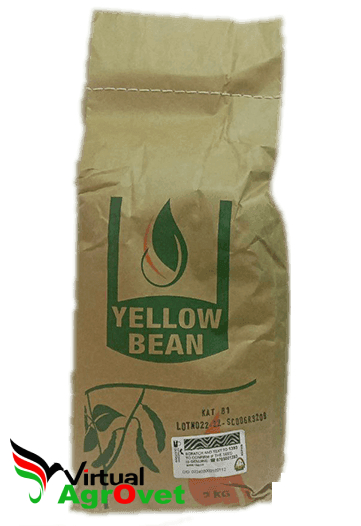


Reviews
There are no reviews yet.